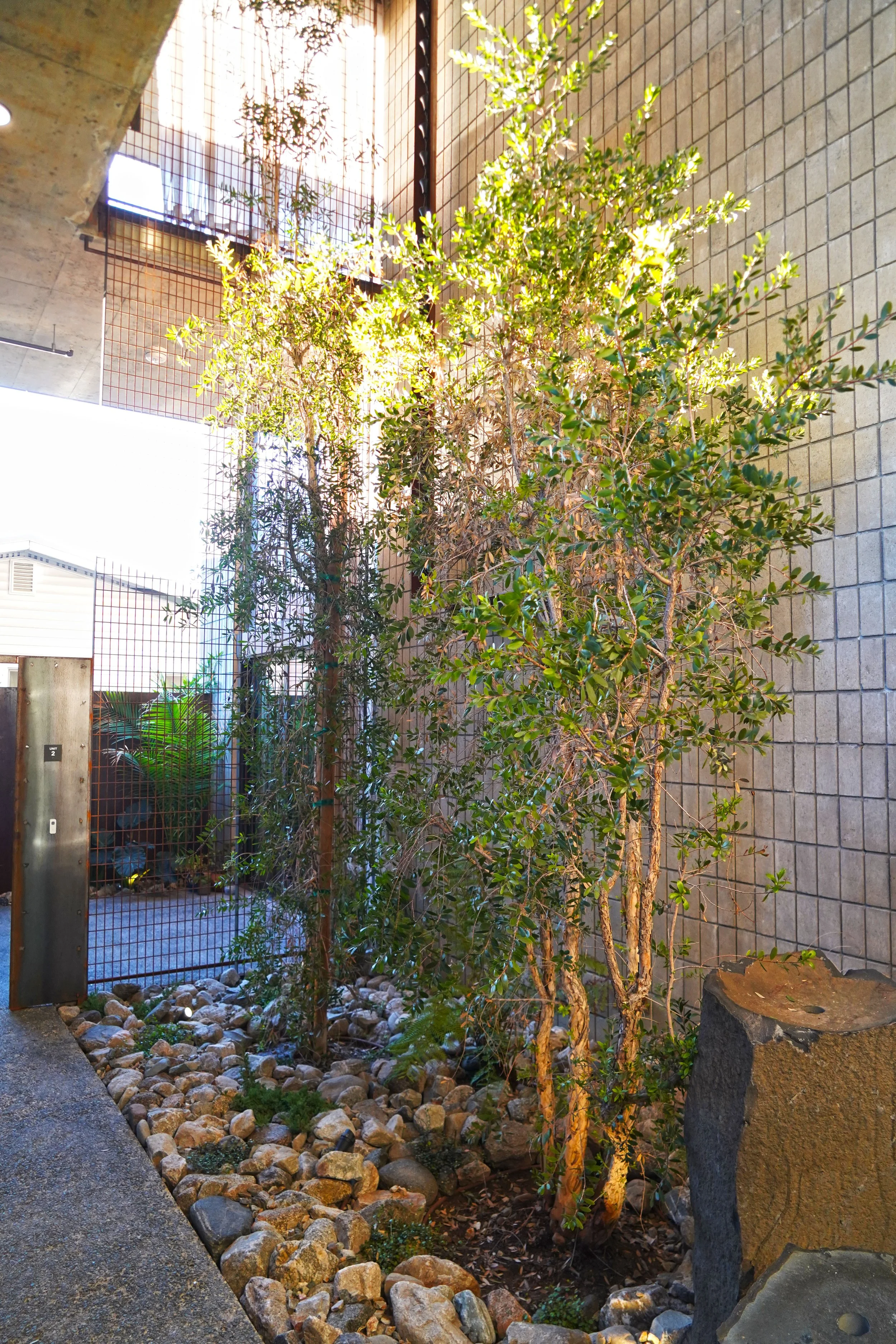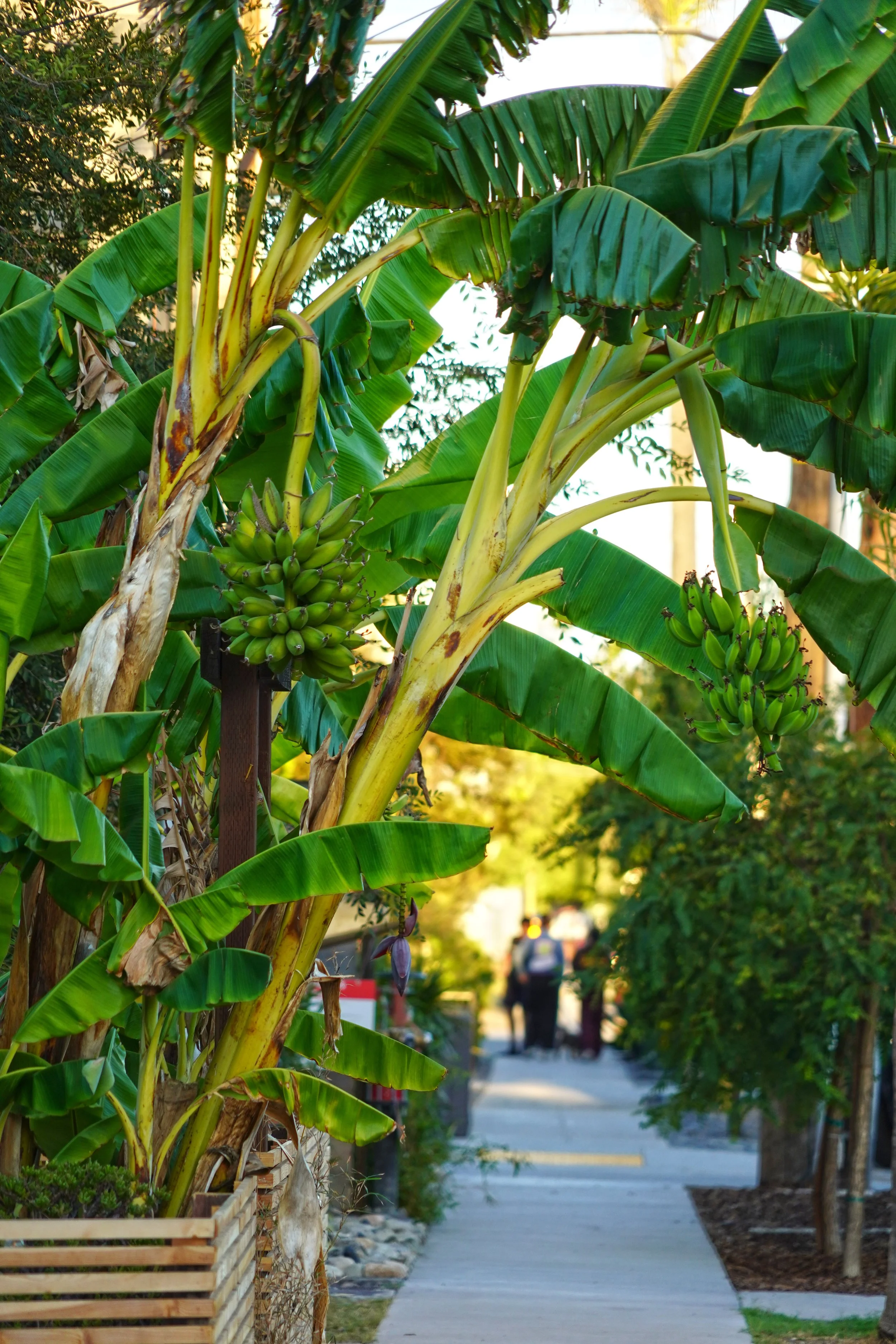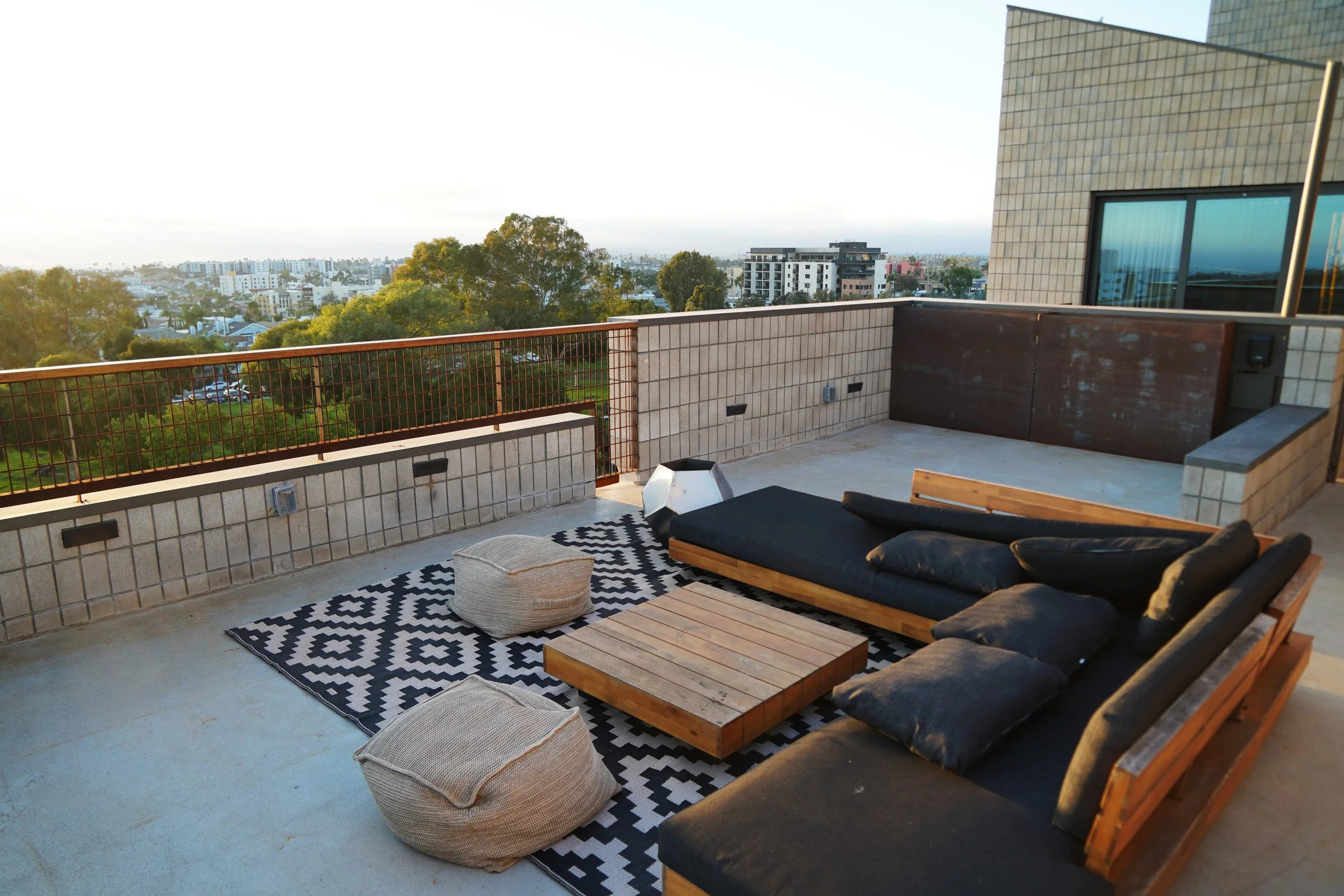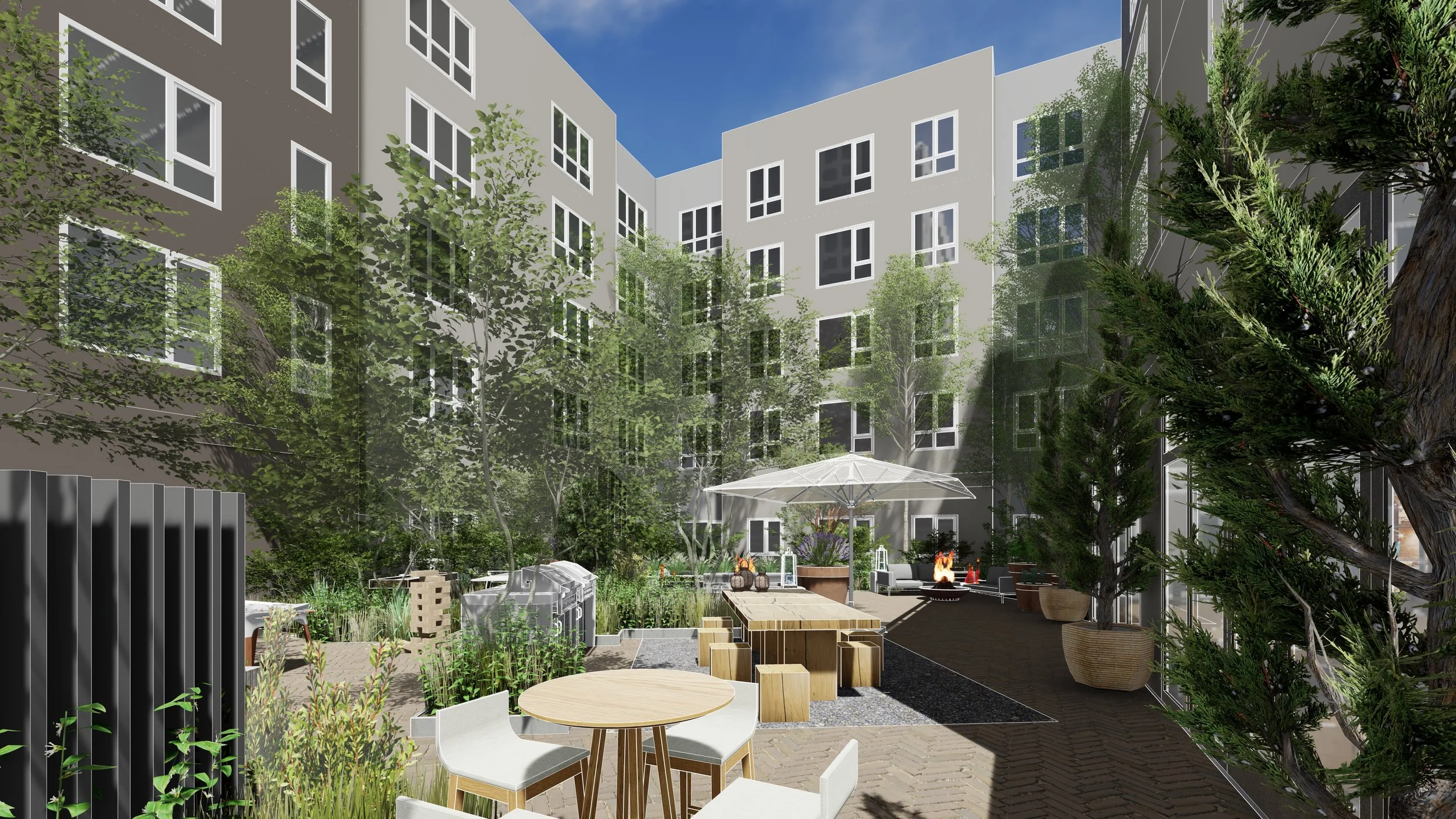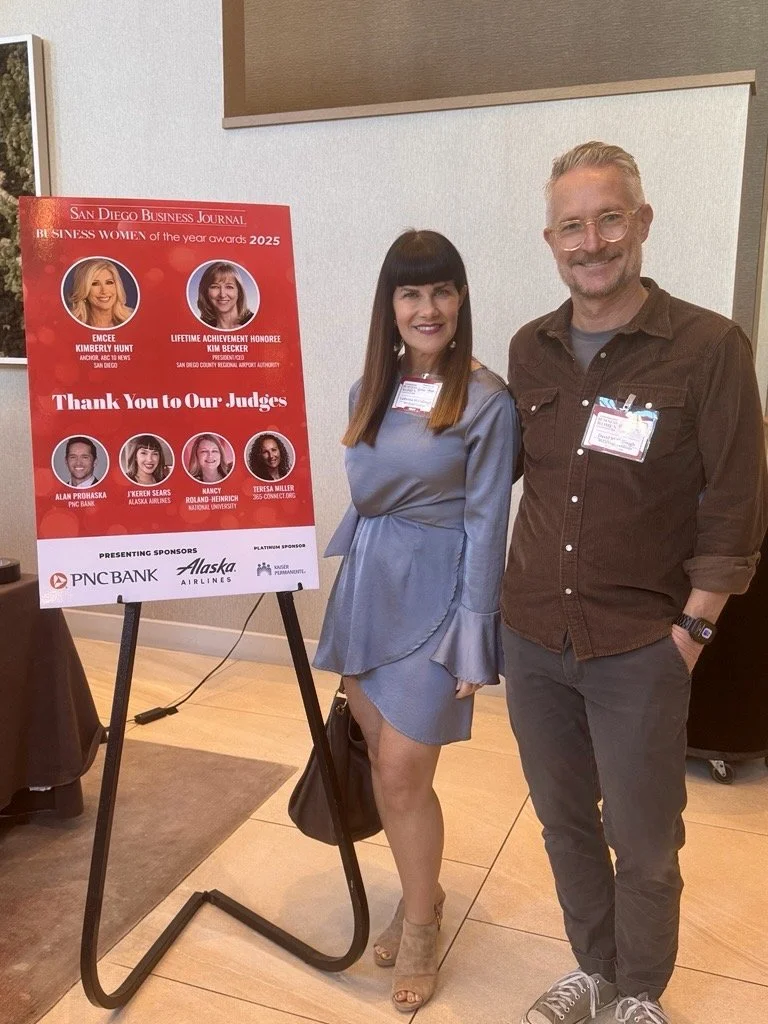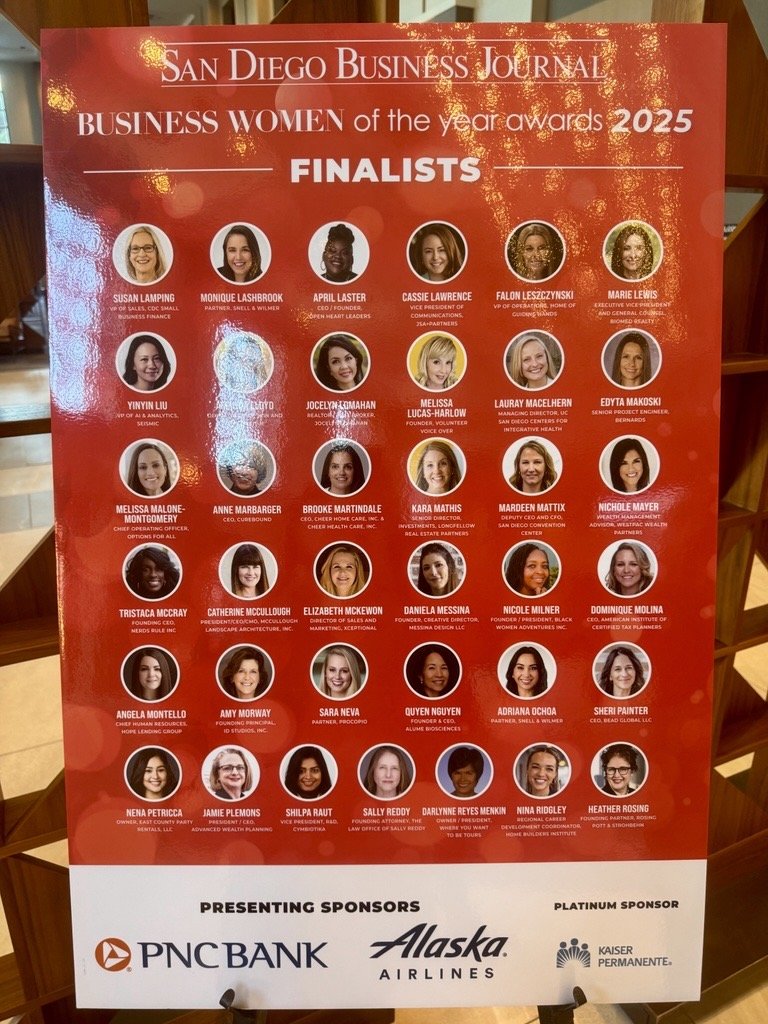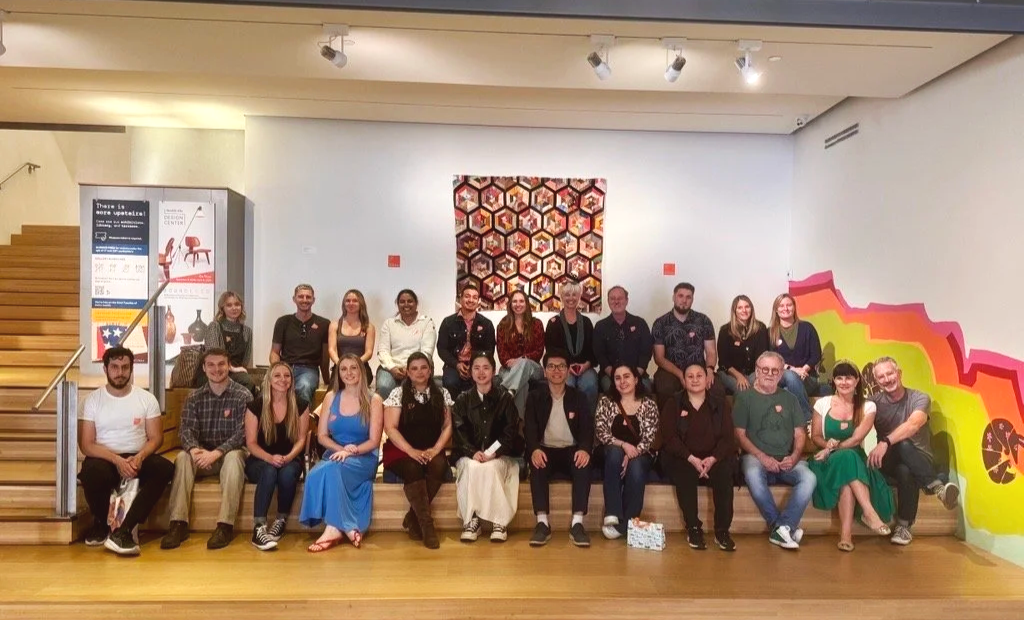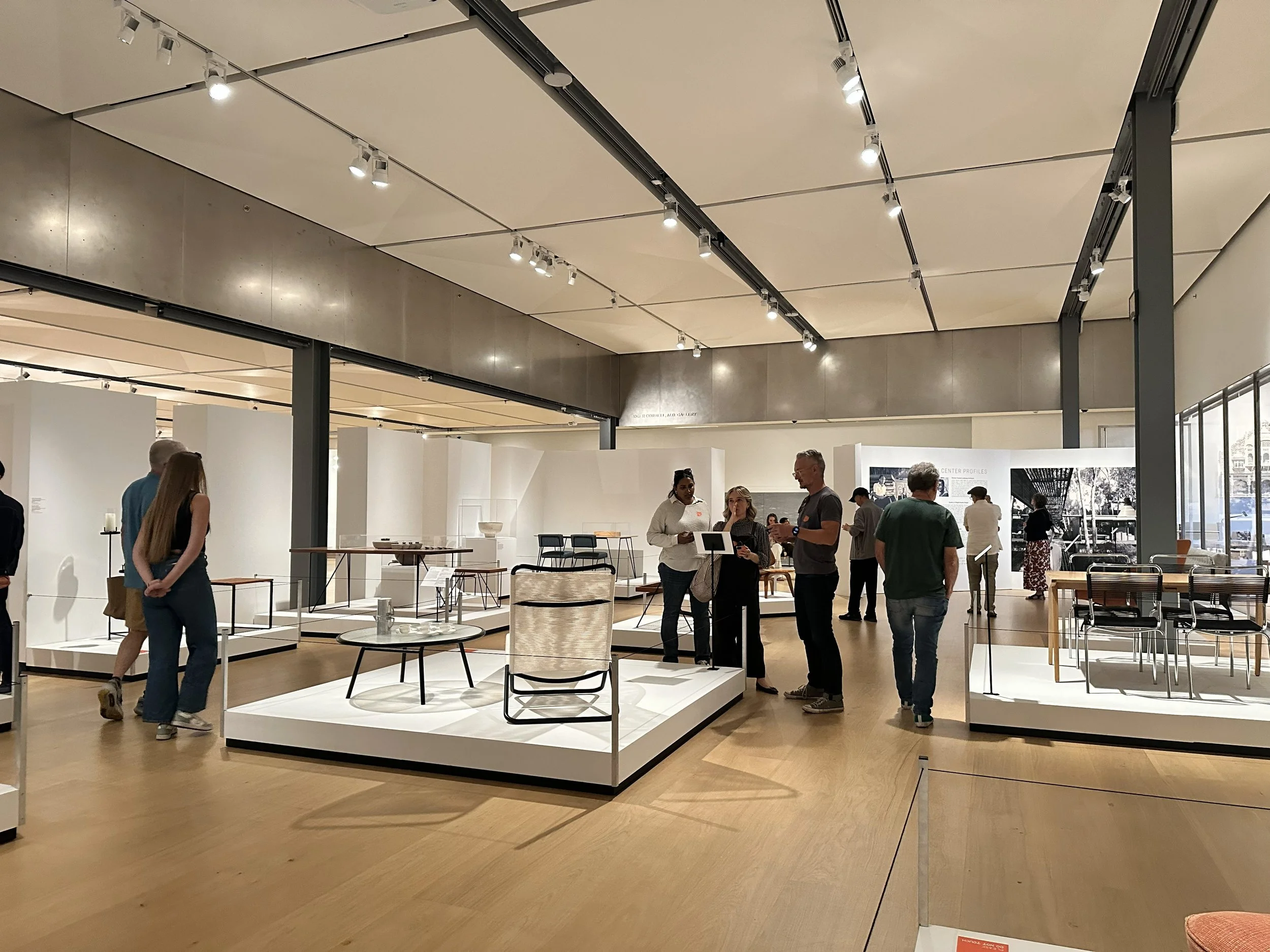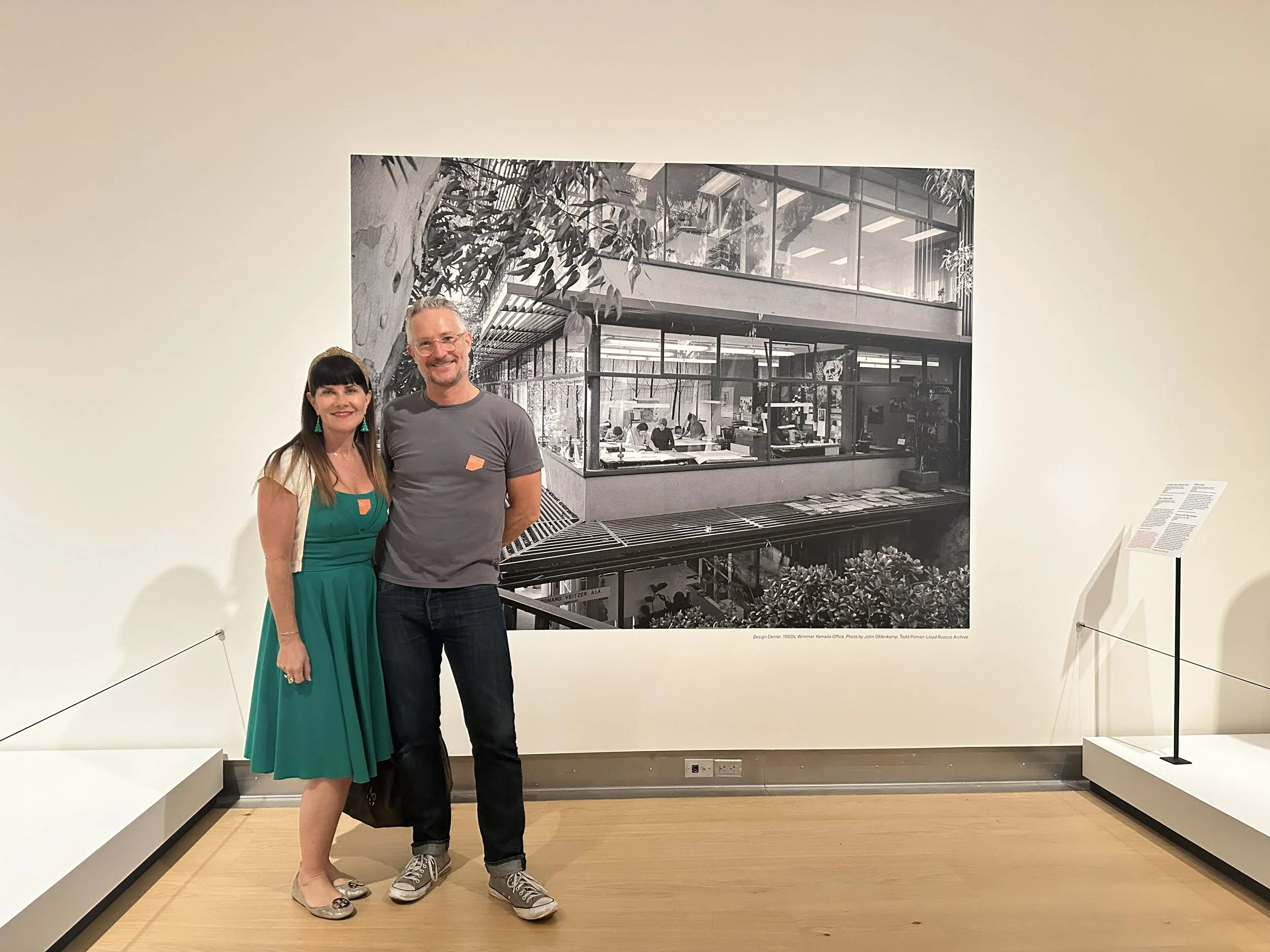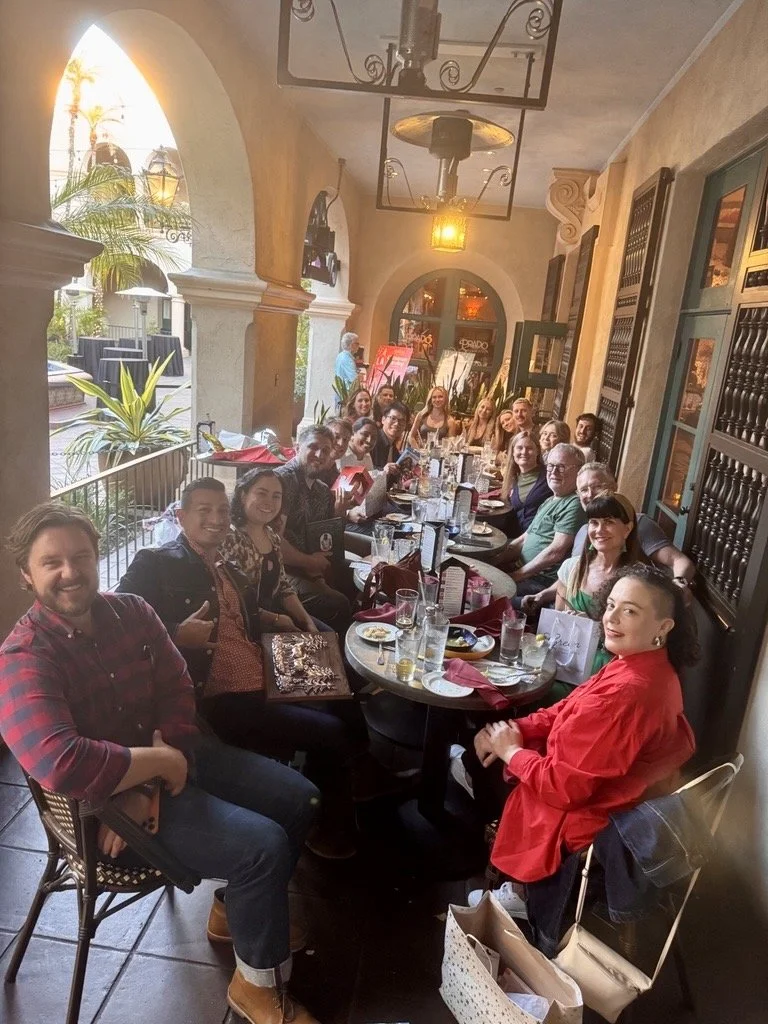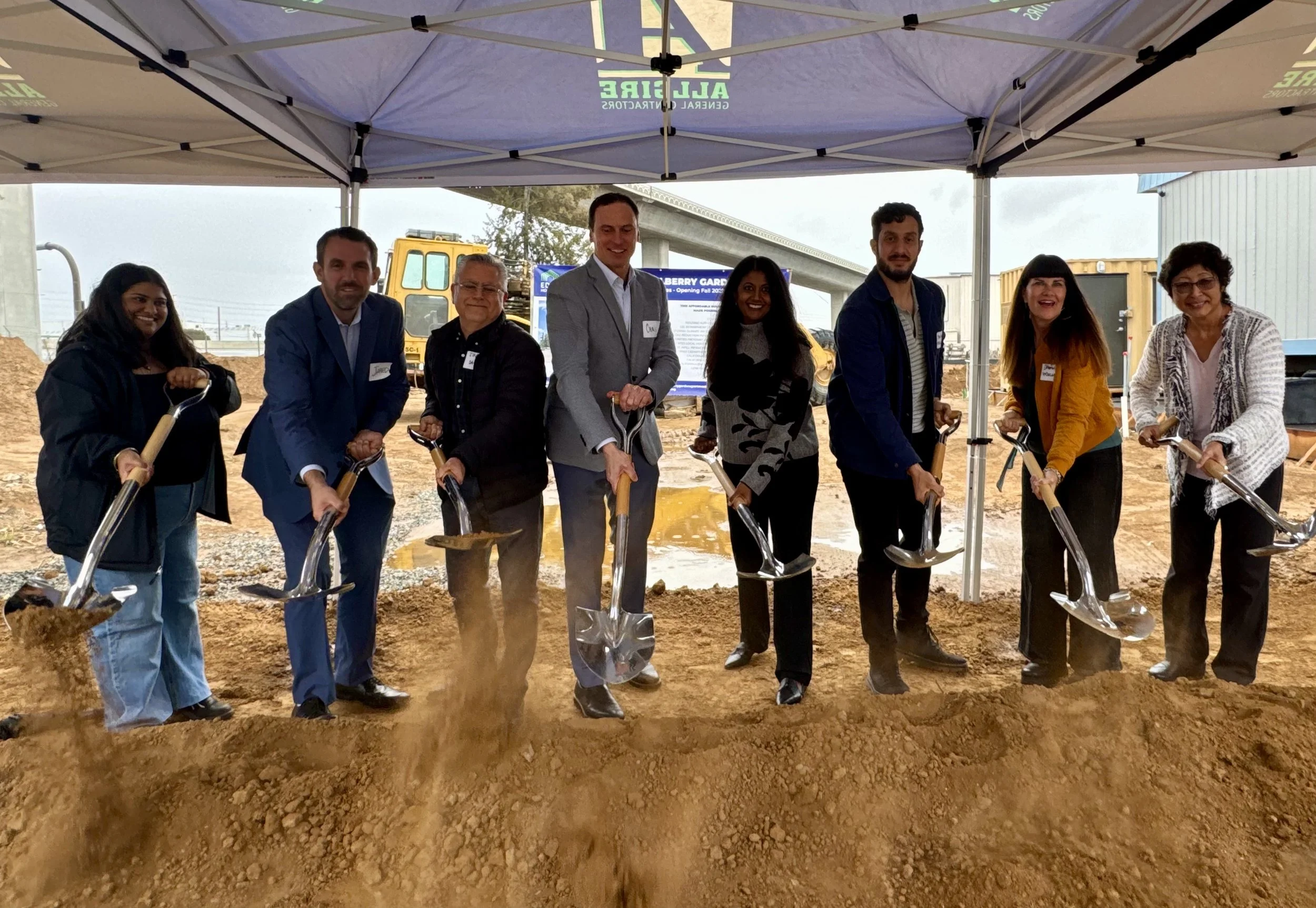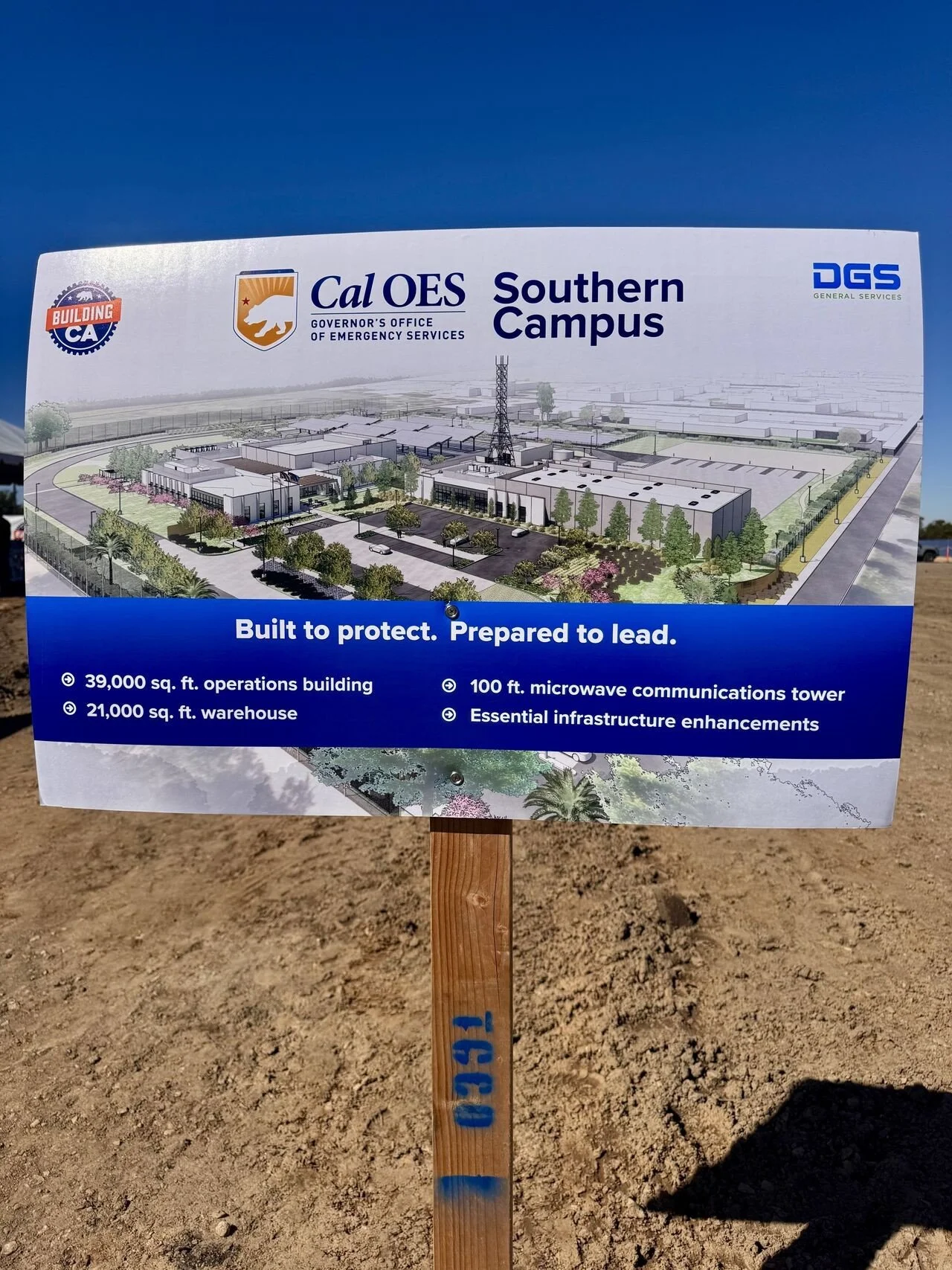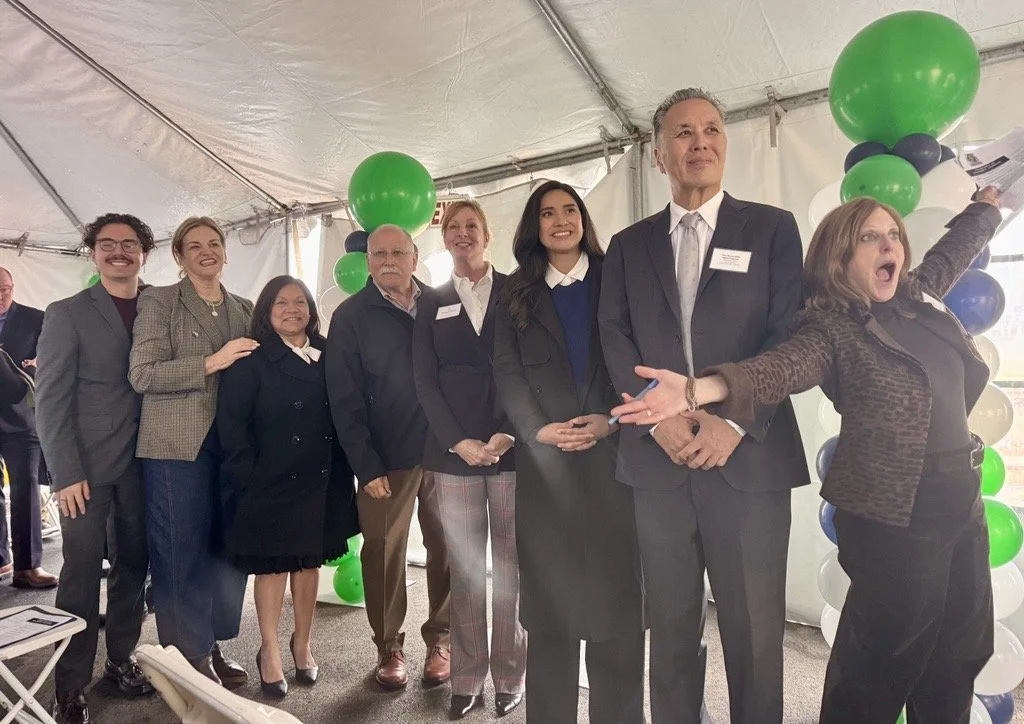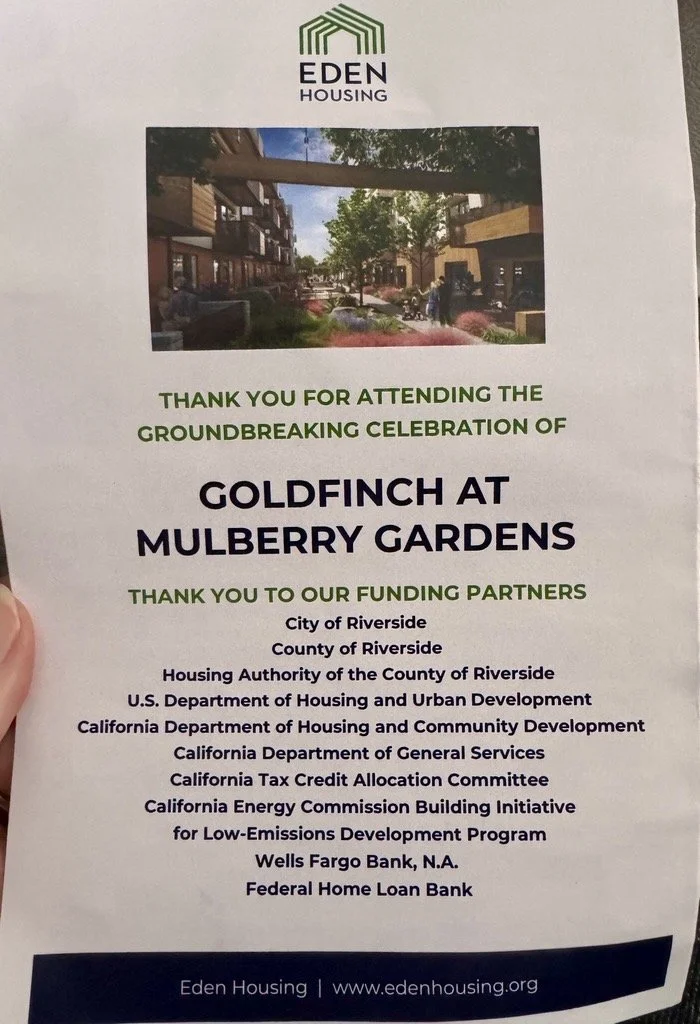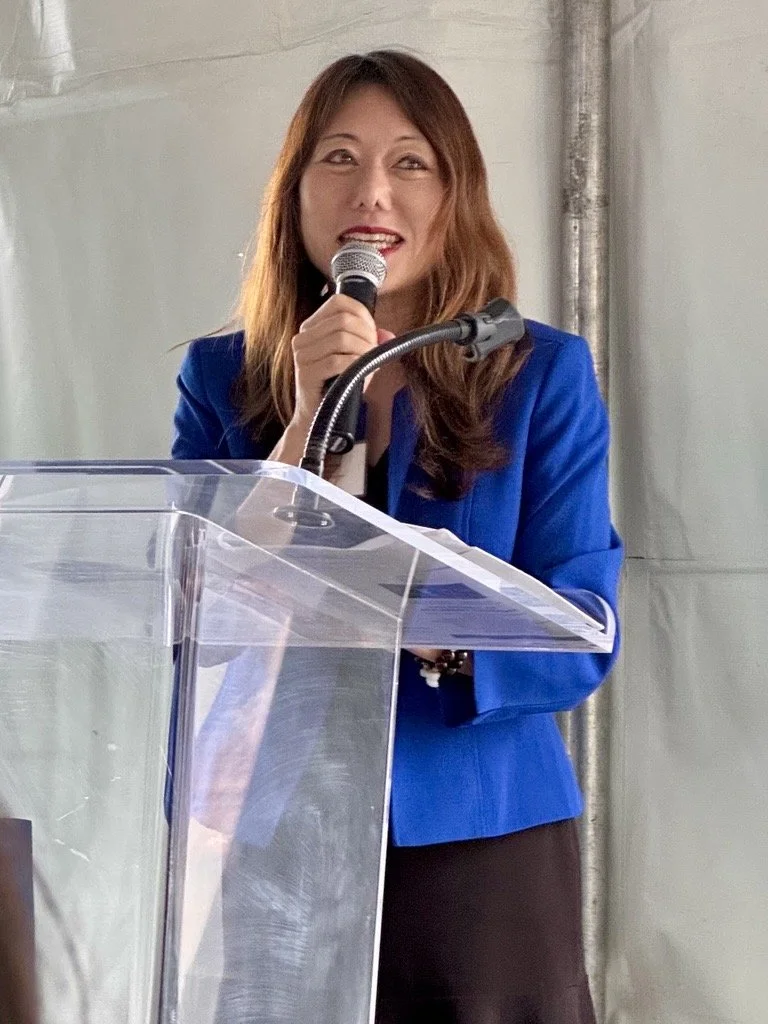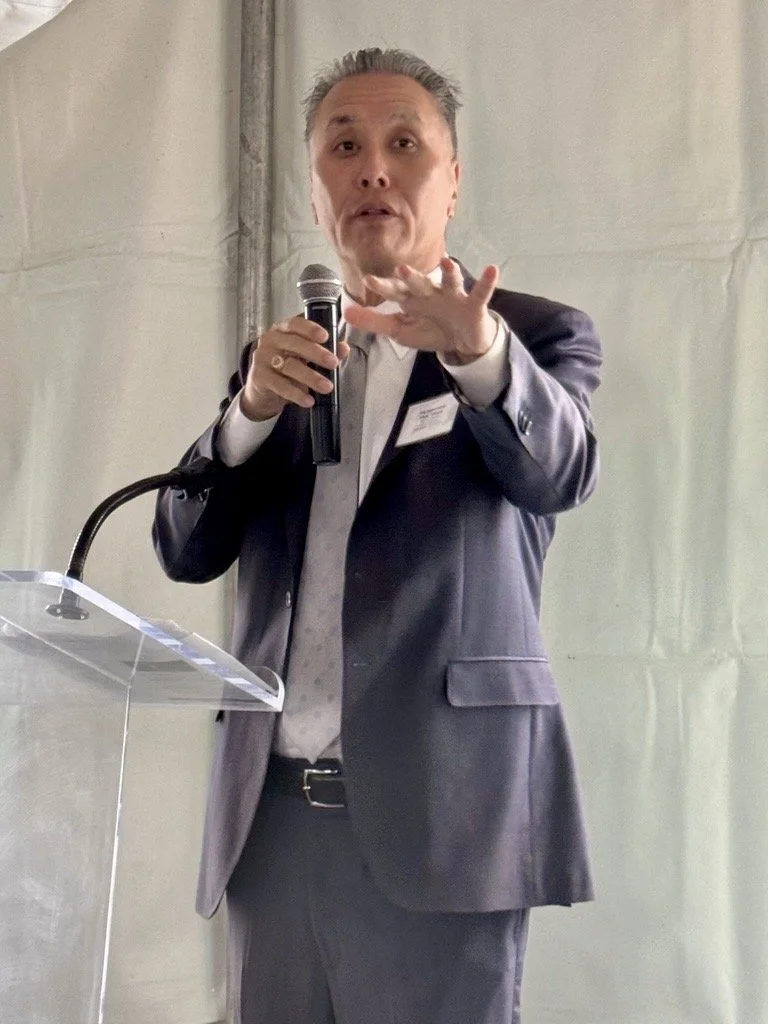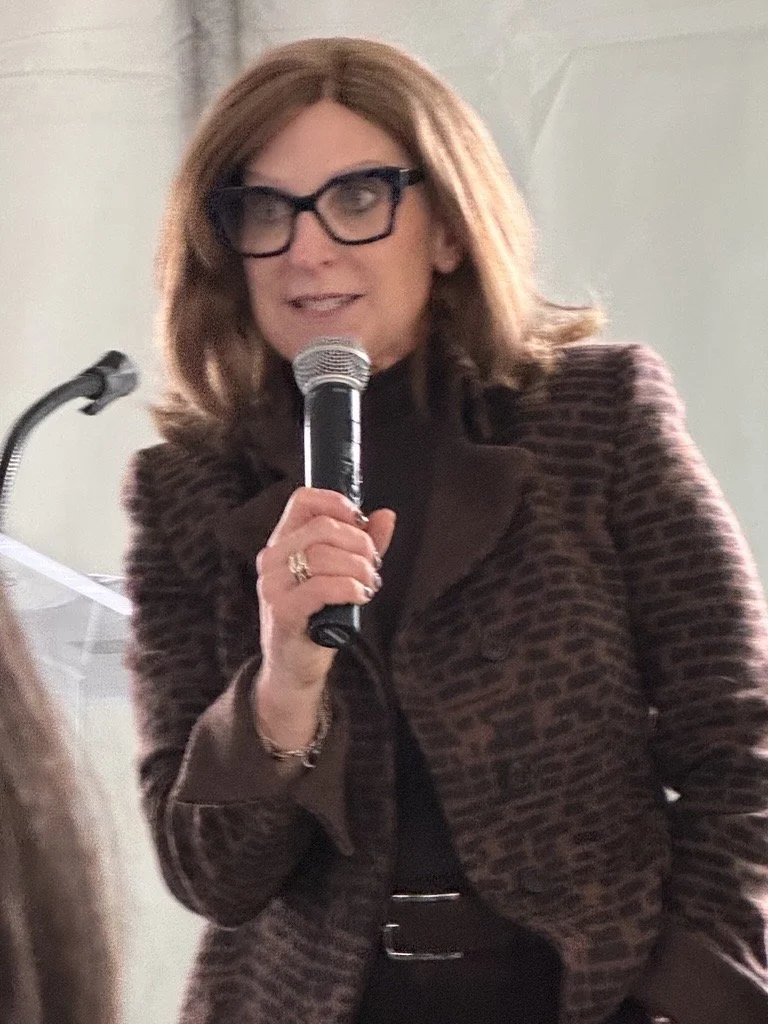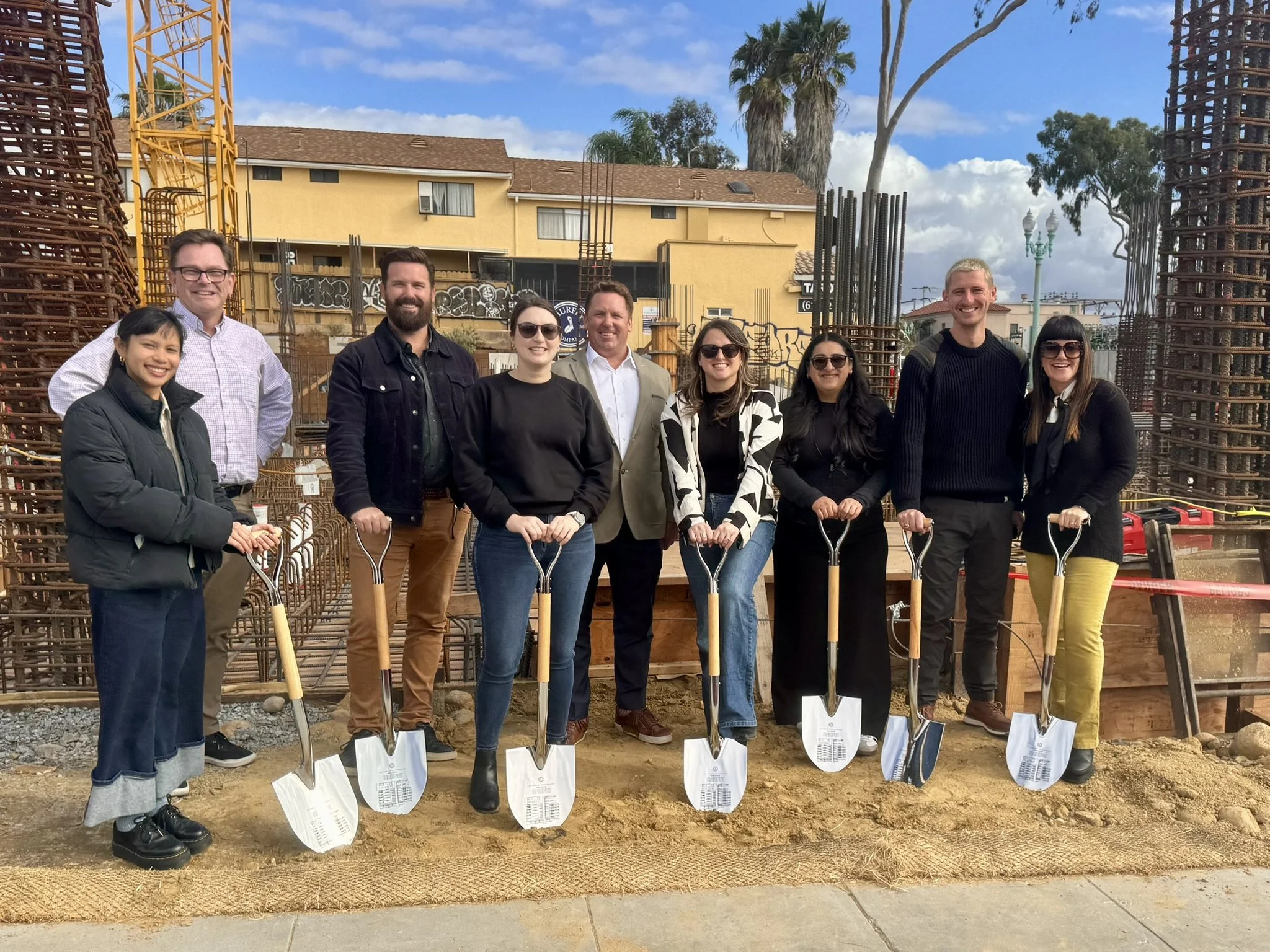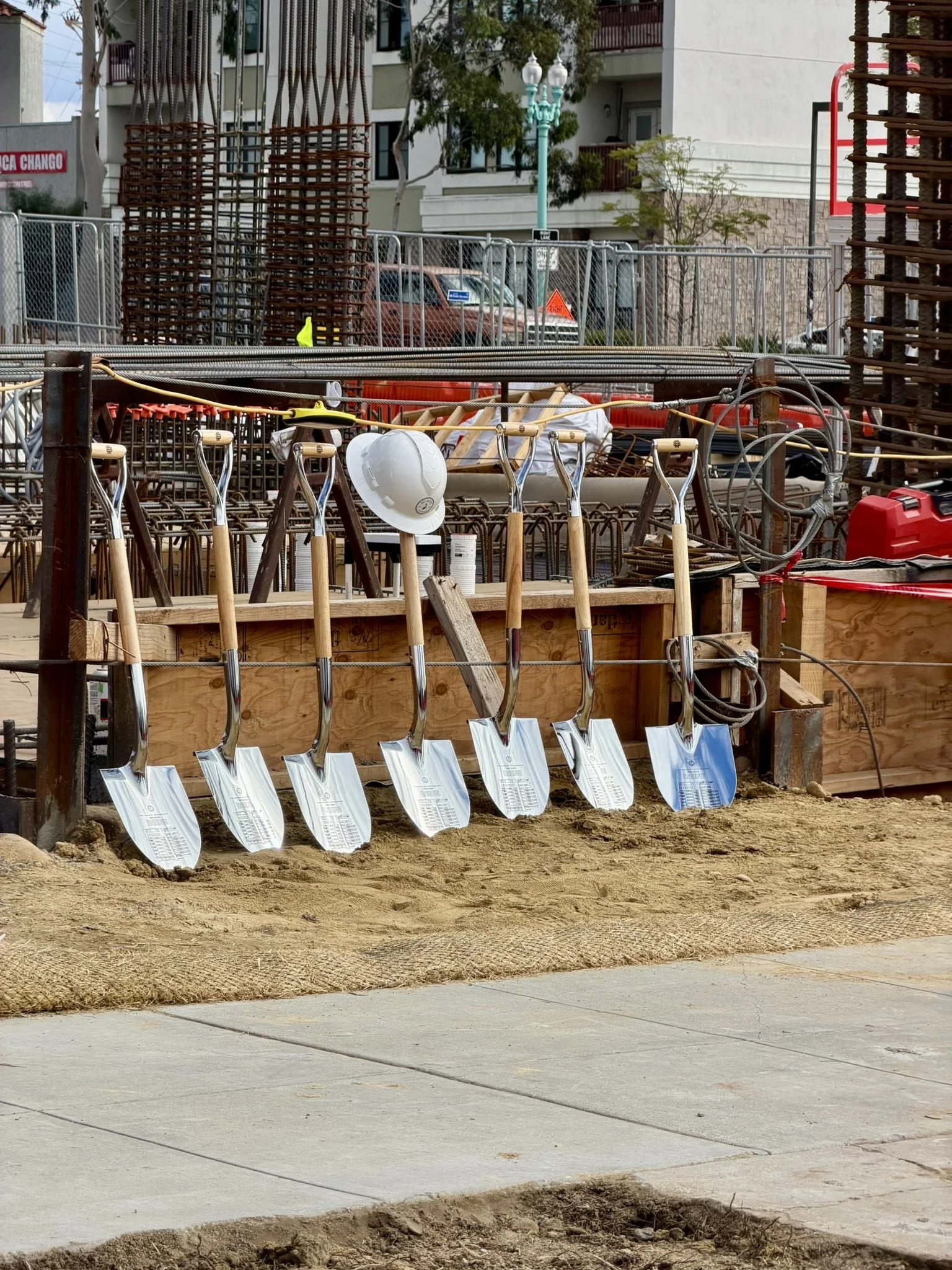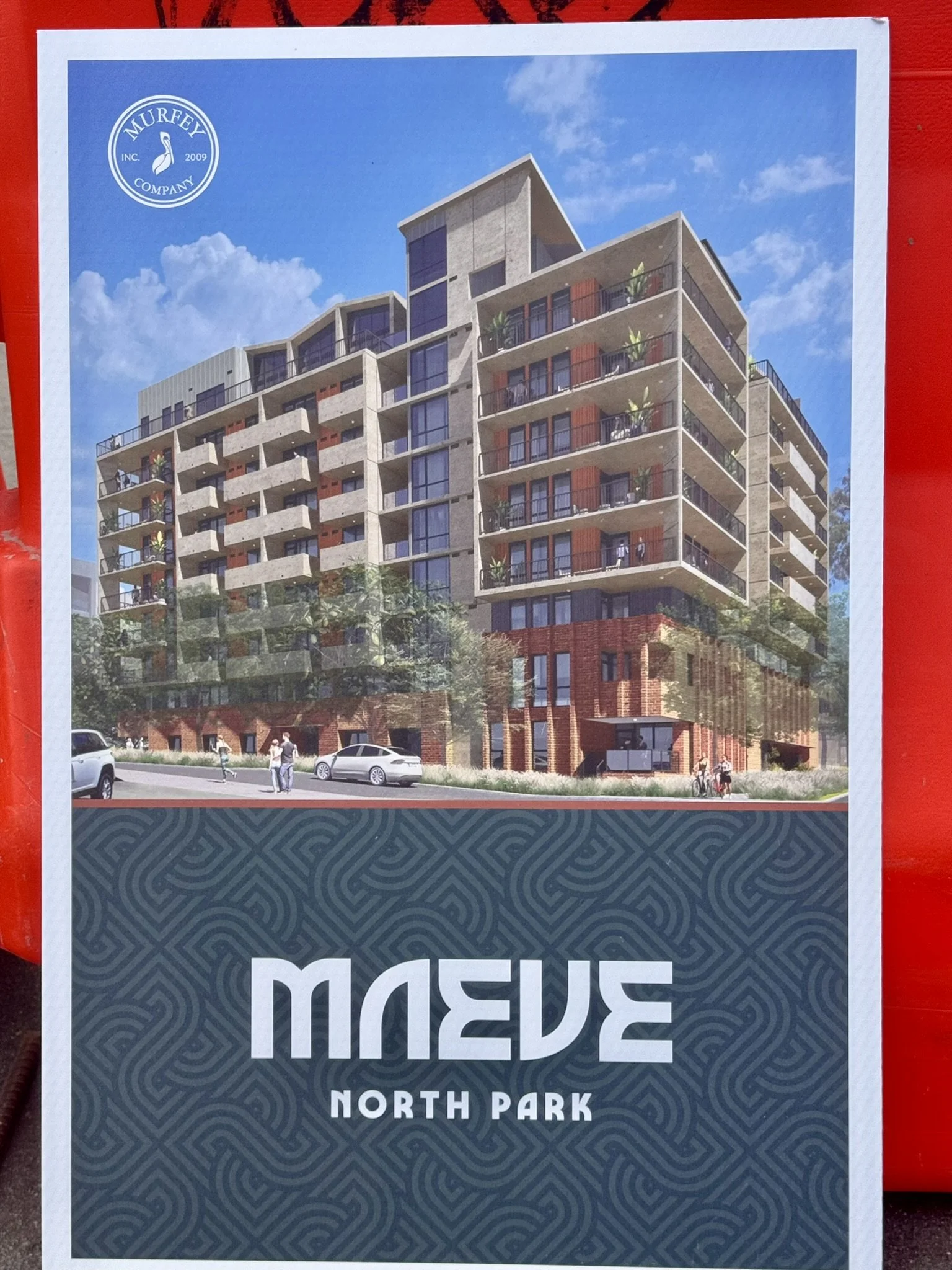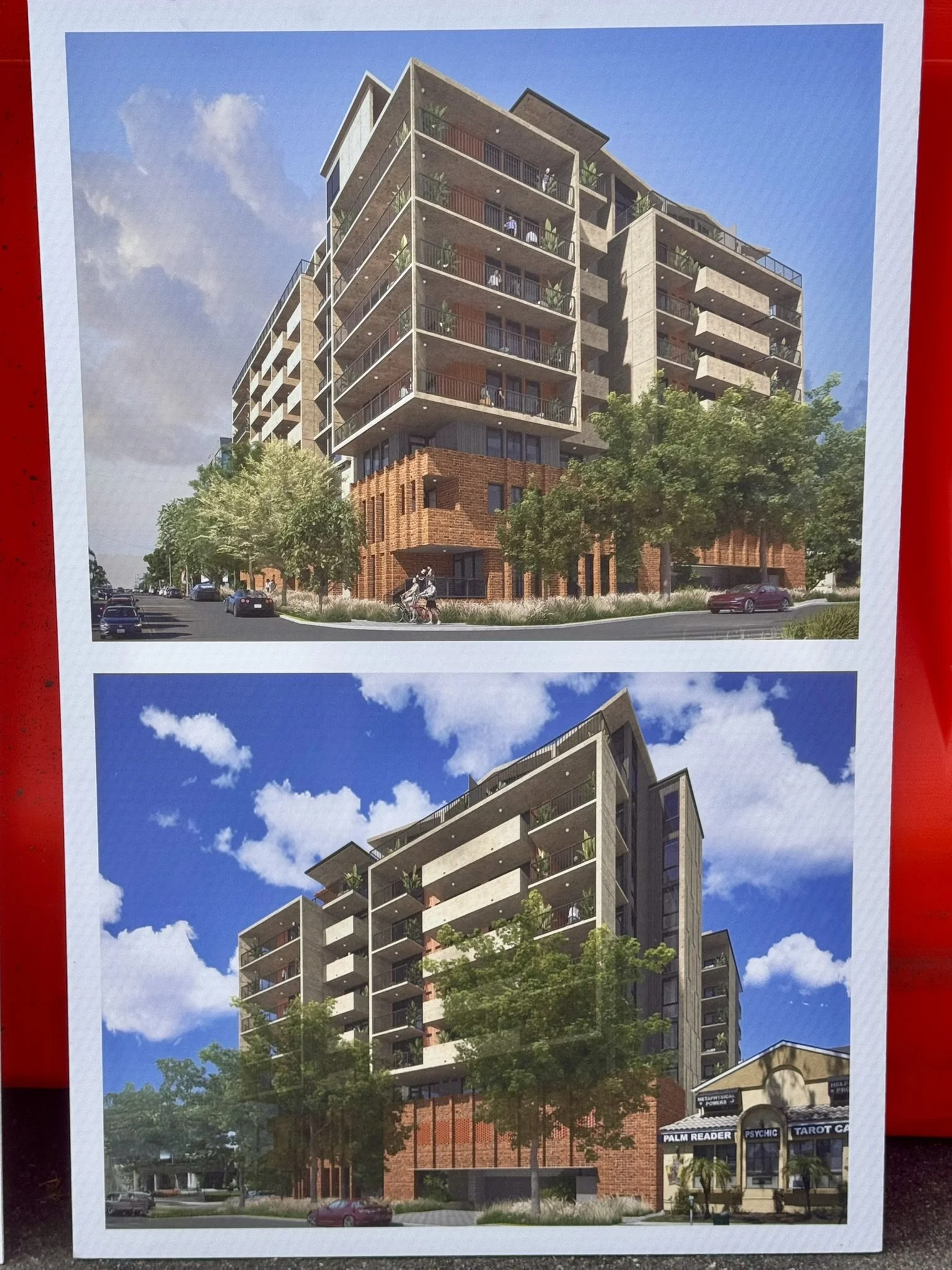Le Parc — A New Landmark in North Park
Le Parc stands as one of North Park’s most compelling new additions—a seven-story residential tower that reflects the future of San Diego living, located at 2820 Polk Ave, San Diego, CA. Led by the visionary team of Dominique Houriet (oo-d-a) and Christian Dimeling (Von Dimeling Studio), the project showcases what happens when two of the city’s rising creatives join forces under a true architect-builder partnership. Their collaboration resulted in a building that confidently pushes the boundaries of materiality, craftsmanship, and urban infill design.
Constructed with a striking palette of masonry, concrete, glass, and steel, Le Parc is both robust and refined. Every detail speaks to a commitment to thoughtful design and hands-on execution. McCullough assisted the site/landscape effort from concept to completion, however, all credit for creative inspiration, sweat equity, and even labor on this one goes to Dominique and Christian.
McCullough was proud to support the landscape and site design, ensuring the exterior spaces matched the architectural intent and enhanced the overall resident experience. Our role focused on grounding the building within its tight urban context, softening the edges with textural, climate-responsive plantings, and creating outdoor moments that complement the building’s strong material expression.
Le Parc is more than a residential tower—it’s a testament to what’s possible when design leadership and craftsmanship align. It sets a new tone for multifamily development in San Diego and highlights the talent shaping the city’s next era of architecture.








